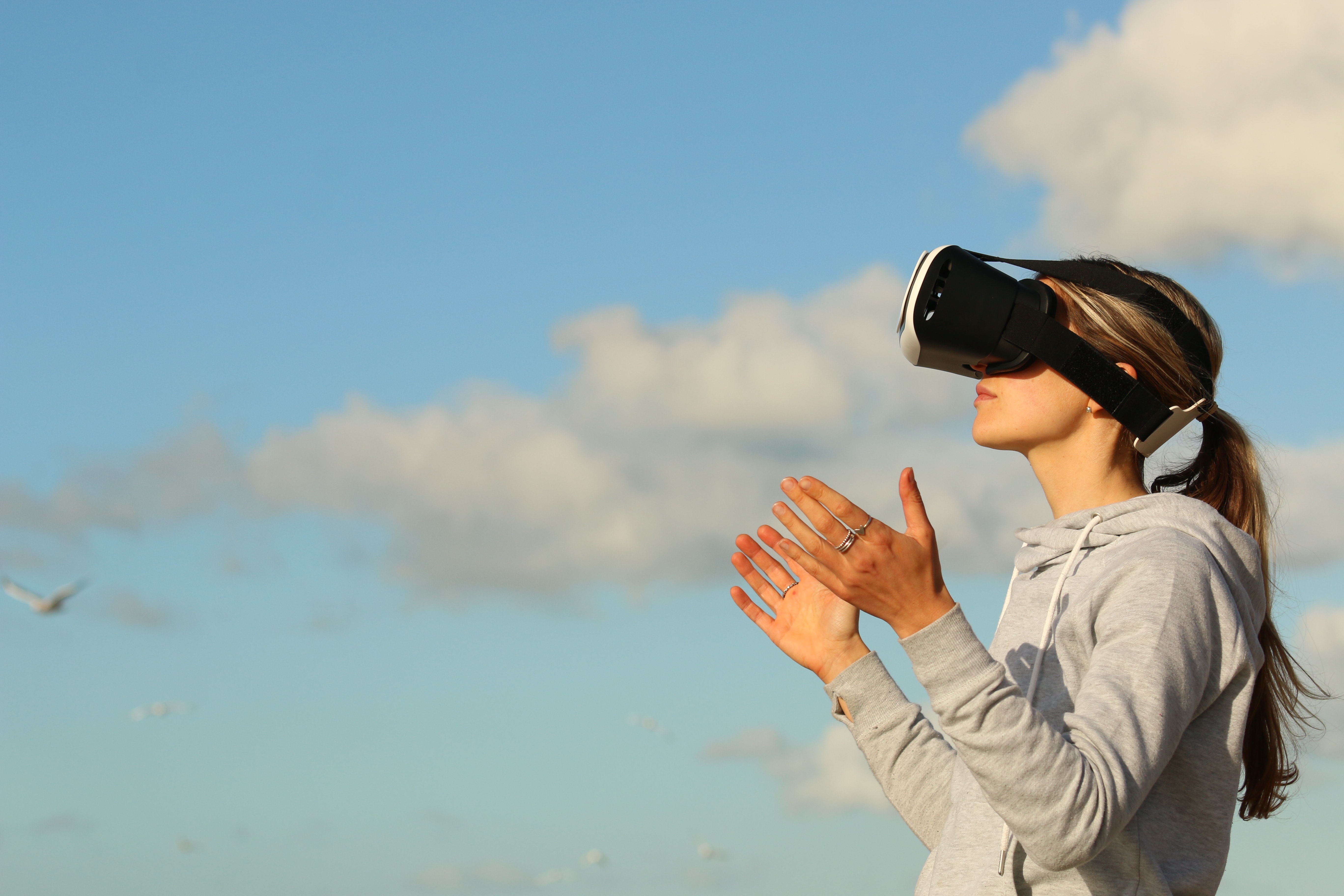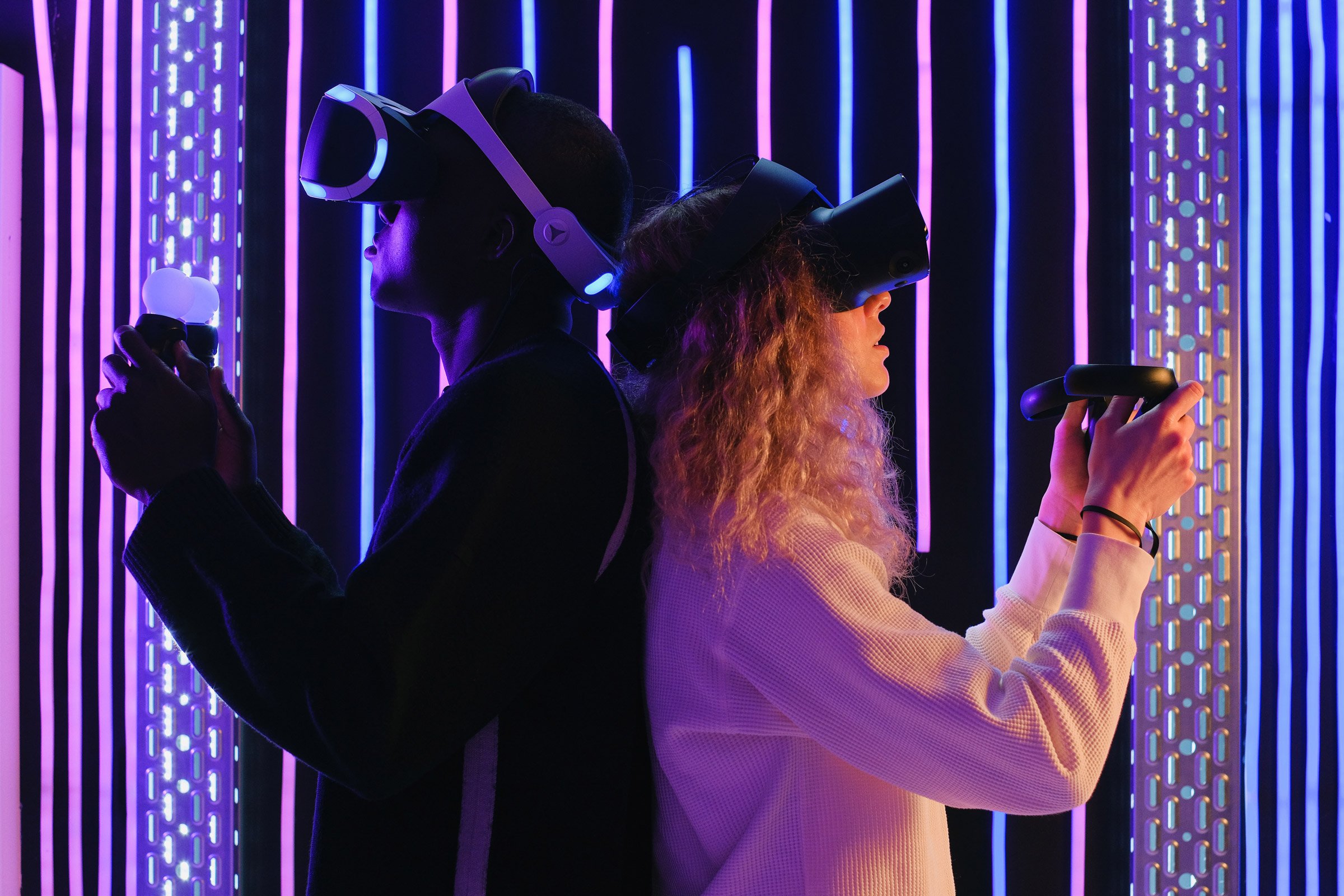RESOURCES
To Assess Metaverse Marketing Performance, You'll Need the Right Lens
The Metaverse. Whether this term has you on the edge of your seat or rolling your eyes, it probably isn’t the first time you’re seeing it and it won’t be the last.
If you’ve been on the fence, or have yet even to take a peek onto the other side, now is the time to reconsider where you stand. As technology evolves, so do users’ expectations of digital brand activations. Today, if you’re a marketer or a brand and you’re not leveraging interactive ad formats for your users, someone else is.
There are several ways a brand or marketer can start testing the waters of the Metaverse to gain insights on how best to leverage for your brand. For example, whether it is the Metaverse, Web3, or current innovations in the digital space, there are engagement-driving-formats that will resonate with consumers and get ahead of the curve.
So how do we use this technology to understand our user’s interests, and what are the metrics that can help?
New Ad Formats, New Metrics
We currently live in a time Web2.5 – the space after Web2 as we move into Web3. This means that marketers need to quickly and seamlessly identify, gather, and analyze key data points to tell a compelling story about consumers’ digital journeys as we bridge the gap. It also means we have a whole new set of metrics to consider when leaning into new ad formats, like Lenses.
A Lens is a key ad format that is bridging this gap between today’s current online space and the metaverse and is a key part of metaverse marketing metrics. According to Snapchat, Lenses are defined as AR experiences that transform the world around its users.
This is different from a camera filter that smooths your skin or whitens your teeth. While that’s great too, filters are considered creative effects you can add after taking a picture but do not transform your entire surroundings. A Lens transforms your entire surroundings in real-time. Platforms such as Snapchat and Meta are building advertising-driven lenses that allow brands to seamlessly enter into the foundational layer of Web3, combining components of interactivity and community engagement.
Real Life Activations
Christian Dior Couture highlighted the power of lenses and AR when they offered Snapchatters a realistic try-on experience for six different pairs of sneakers. The Lens was promoted via the AR Lens in carousel and the Snap Ad formats and offered the opportunity for users to buy the sneakers directly. Other brands have successfully used lenses by letting customers do a virtual try-on, placing them in a virtual location, augmenting their appearance and surroundings, and more.
This technology isn’t just for retail brands. The award-winning play, Harry Potter and the Cursed Child created an AR experience with Meta’s Instagram and Facebook that lets users and up to three friends transform into characters from the play. The play used the AR experience to generate buzz and awareness amongst users to get them excited about the production coming to the US and to begin the consumer journey for ticket sales. The AR experience was powered directly by Facebook’s own Spark AR, the technology used by hundreds of thousands of creators around the world.
According to Snapchat, users are 2.4x more likely to purchase a product if they’ve engaged with a Lens first. Organic and paid lenses are part of many brands’ BAU strategic plays to increase brand engagement, raise awareness of new product pushes, and amplify a brand’s presence for users to consider a purchase. Understanding the power of a lens and the metaverse marketing metrics behind its success is key to any brand’s foray into the Metaverse.
Lens Focused Metrics
There are multiple avenues to consider when analyzing and collecting data from these types of formats. A strong Lens will translate into longer average watch times and longer avg time spent on the platform (Average Lens Screen Time). This is the first insight to identifying what consumers are looking for since more time spent with the unit equates to a stronger product and brand recognition.
As advertisers, we can identify and isolate the users that show a higher propensity to identify with these ad products and can even re-reach them to double down their path to conversion.
Other noteworthy metrics include a direct journey to purchase (swipe up rate), measure of said purchase by identifying costs (cost per swipe up, or CPSU), and LTV, in addition to ROAS.
While not all Lenses are made for the immediate purpose of driving conversions, they still can lead to incremental sales contribution as the brand creates a subconscious engagement within the user. While marketers are working with the tools and metrics provided by the major platforms, it is even more important to know how to use these tools to analyze and understand the value of propelling a brand’s tech from Web2 to Web3 and ultimately into the Metaverse.
Ready to get started? Contact us now or check out our guide on understanding the metaverse and how luxury brands are using the metaverse to succeed.
SIGN UP FOR OUR WEEKLY NEWSLETTER

News, Views, and Valuable Resources
Delivered to Your Inbox Each Week




